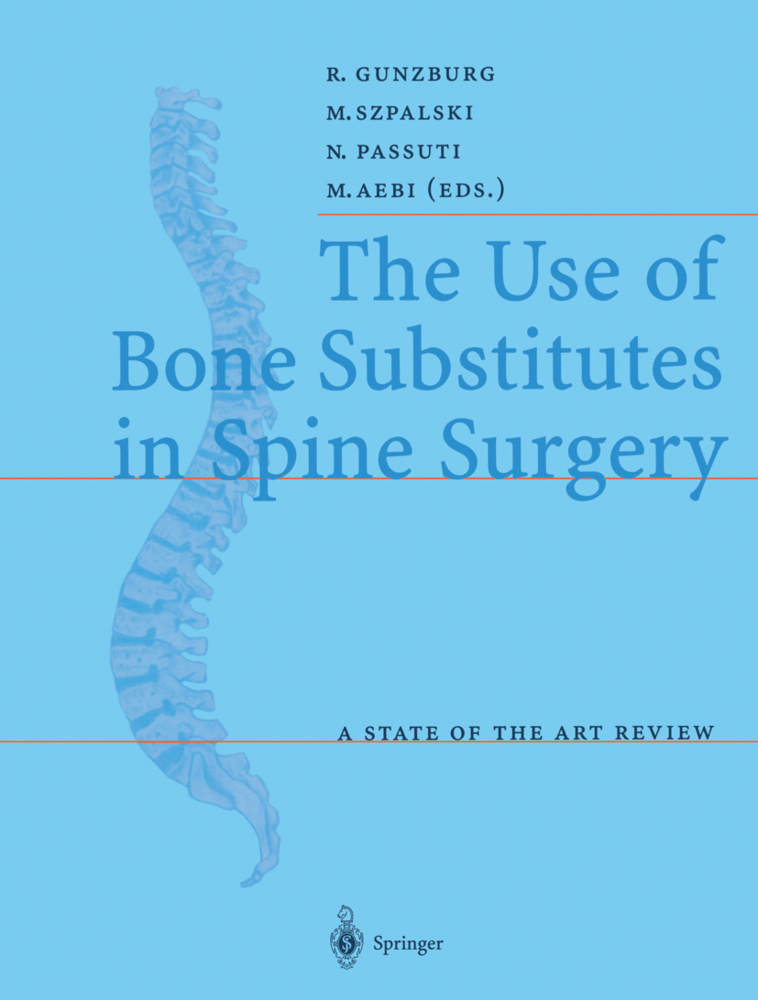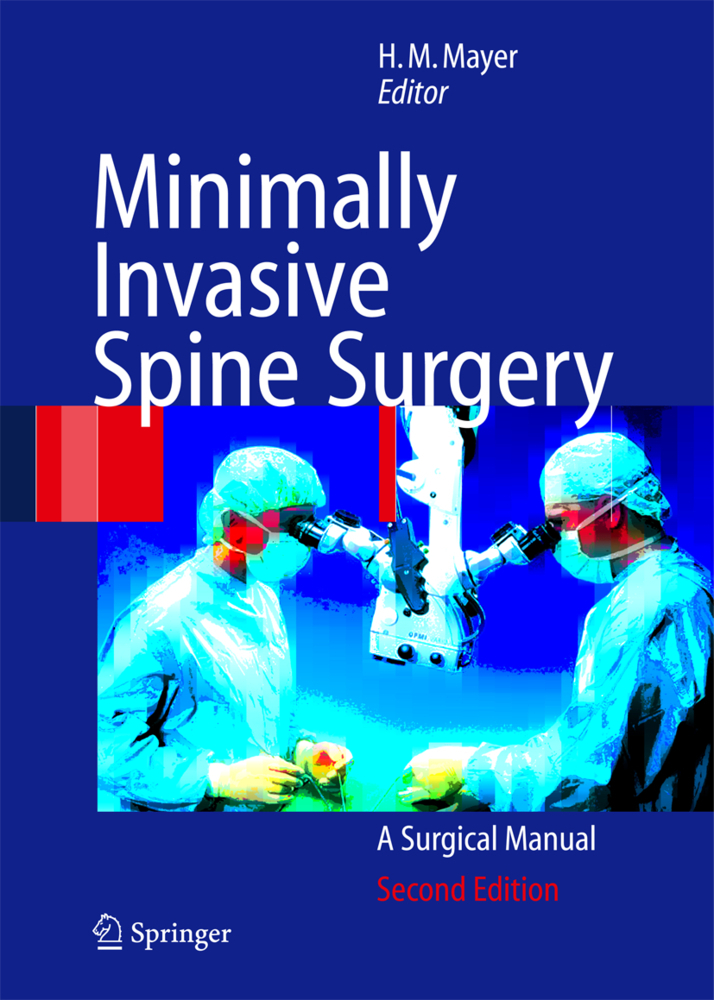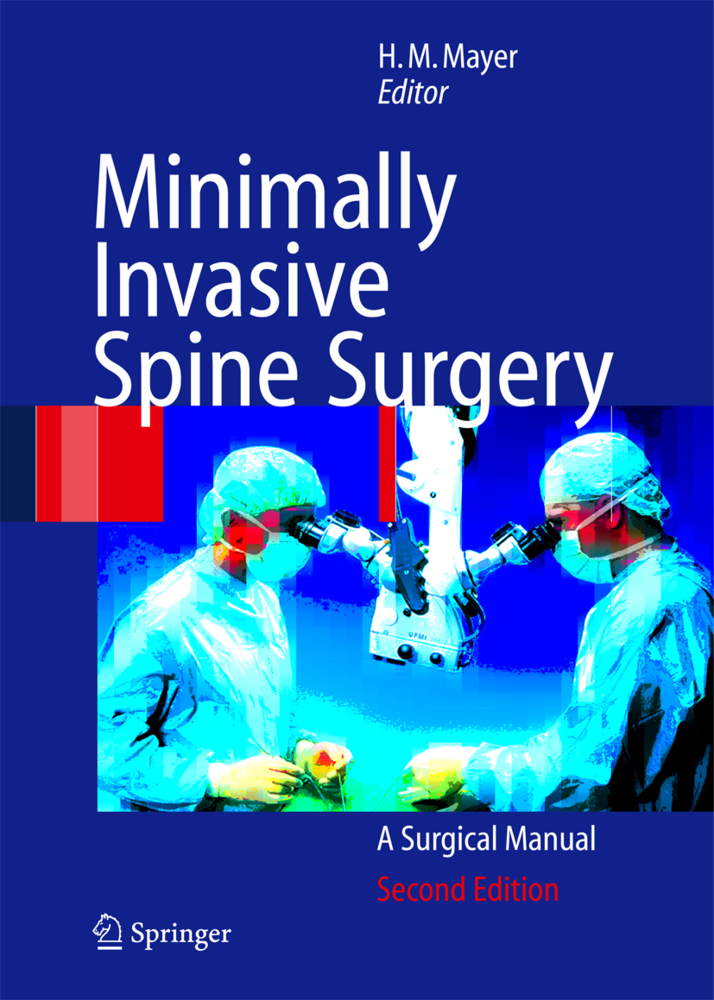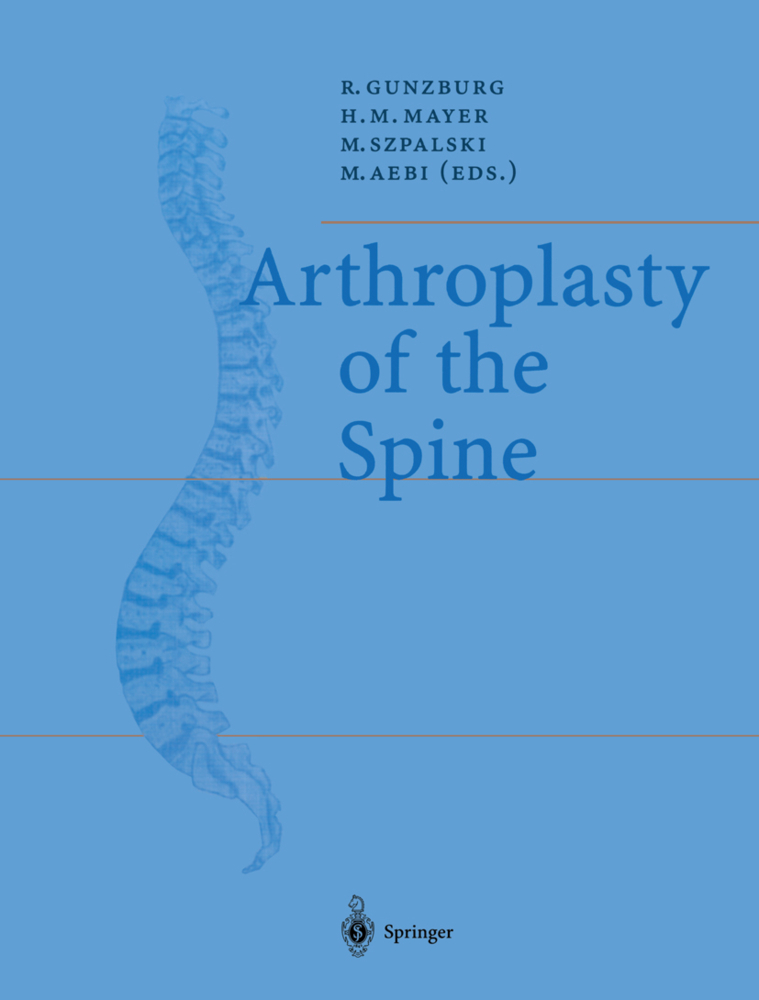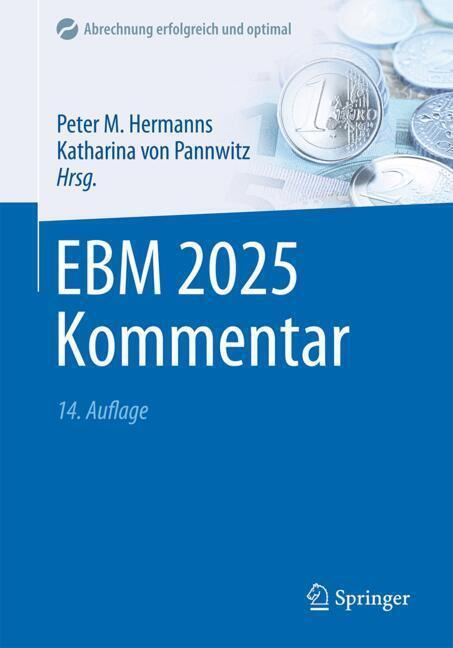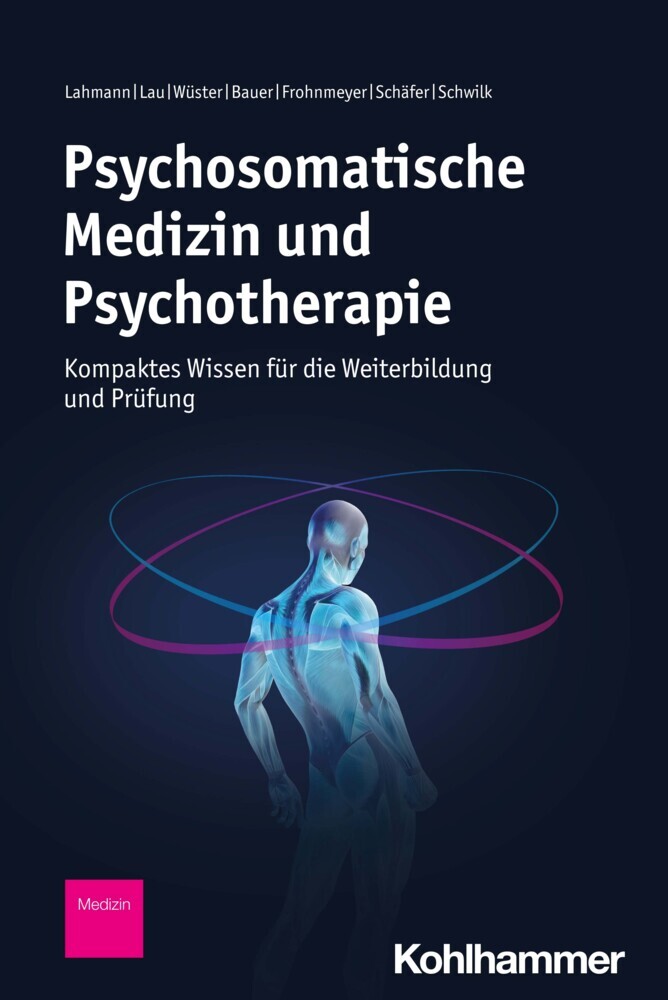The Use of Bone Substitutes in Spine Surgery
A State of the Art Review. Also published on Vol. 10, Supplement 2, Oct. 2001
The Use of Bone Substitutes in Spine Surgery
A State of the Art Review. Also published on Vol. 10, Supplement 2, Oct. 2001
Spinal arthrodesis is a generally accepted procedure for the management of patients with a variety of spinal disor ders. The primary goal for spinal fusion is to eliminate the instability of the spine, often caused by trauma, deformity, tumor, inflammation or infection, and common degenera tive deterioration of the motion segments. In many clini FRA paw', cal situations, the optimal solution in restoring the spine's integrity is through surgical intervention. There are many techniques of spinal fusion applicable to the lumbar spine. Posterior (PLIF) and anterior lumbar interbody fusion (ALIF) have been developed and employed to address PLlI' po . . . . . these concerns alone or in combination with various inter nal fixation devices. The anterior column is often recon structed with metallic intervertebral cages or biological Fig. ! Femoral ring allograft (FRA) and posterior lumbar inter implants (allograft or autograft bone) [16, 31]. body fusion (PLlF) spacers The success of every spine fusion procedure depends on the phenomenon of bone healing. Whether the healing process occurs depends on many factors, including the type This paper aims to provide a review of the two newly of biological graft, host factors, technique, and the rigidity developed biological cages, the femoral ring allograft of the particular surgical construct. Bone grafts serve two (FRA) spacer and the posterior lumbar interbody fusion main functions: they provide for the synthesis of new bone (PLIF) spacer (Fig. 1).
Biology of bone and how it orchestrates the form and function of the skeleton
Osteoinduction, osteoconduction and osseointegration
Factors stimulating bone formation
Influence of bone environment on ceramic osteointegration in spinal fusion: comparison of bone-poor and bone-rich sites
Physical and chemical aspects of calcium phosphates used in spinal surgery
Experimental Models
Demineralized bone matrix, bone morphogenetic proteins, and animal models of spine fusion: an overview
Porous tricalcium phosphate and transforming growth factor used for anterior spine surgery
Potential of an ultraporous ß-tricalcium phosphate synthetic cancellous bone void filler and bone marrow aspirate composite graft
Comparison of a new bisphenol-a-glycidyl dimethacrylate-based cortical bone void filler with polymethyl methacrylate
Clinical Applications
Vertrebral reconstruction with cortical allograft: long-term evaluation
Outcomes of allogenic cages in anterior and posterior lumbar interbody fusion
Clinical applications of bone graft substitutes in spine surgery: consideration of mineralized and demineralized preparations and growth factor supplementation
ß-tricalcium phosphate as a bone substitute for dorsal spinal fusion in adolescent idiopathic scoliosis: preliminary results of a prospective clinical study
The use of sintered bone in spinal surgery
Plaster of Paris as bone substitute in spinal surgery
Use of hydroxyapatite in spine surgery
Bone substitutes in vertebroplasty.
Biomaterials: the new frontiers in spine surgery
General PrinciplesBiology of bone and how it orchestrates the form and function of the skeleton
Osteoinduction, osteoconduction and osseointegration
Factors stimulating bone formation
Influence of bone environment on ceramic osteointegration in spinal fusion: comparison of bone-poor and bone-rich sites
Physical and chemical aspects of calcium phosphates used in spinal surgery
Experimental Models
Demineralized bone matrix, bone morphogenetic proteins, and animal models of spine fusion: an overview
Porous tricalcium phosphate and transforming growth factor used for anterior spine surgery
Potential of an ultraporous ß-tricalcium phosphate synthetic cancellous bone void filler and bone marrow aspirate composite graft
Comparison of a new bisphenol-a-glycidyl dimethacrylate-based cortical bone void filler with polymethyl methacrylate
Clinical Applications
Vertrebral reconstruction with cortical allograft: long-term evaluation
Outcomes of allogenic cages in anterior and posterior lumbar interbody fusion
Clinical applications of bone graft substitutes in spine surgery: consideration of mineralized and demineralized preparations and growth factor supplementation
ß-tricalcium phosphate as a bone substitute for dorsal spinal fusion in adolescent idiopathic scoliosis: preliminary results of a prospective clinical study
The use of sintered bone in spinal surgery
Plaster of Paris as bone substitute in spinal surgery
Use of hydroxyapatite in spine surgery
Bone substitutes in vertebroplasty.
Gunzburg, Robert
Szpalski, Marek
Passuti, Norbert
| ISBN | 978-3-540-42687-5 |
|---|---|
| Artikelnummer | 9783540426875 |
| Medientyp | Buch |
| Copyrightjahr | 2001 |
| Verlag | Springer, Berlin |
| Umfang | VI, 130 Seiten |
| Abbildungen | VI, 130 p. 56 illus., 11 illus. in color. |
| Sprache | Englisch |

